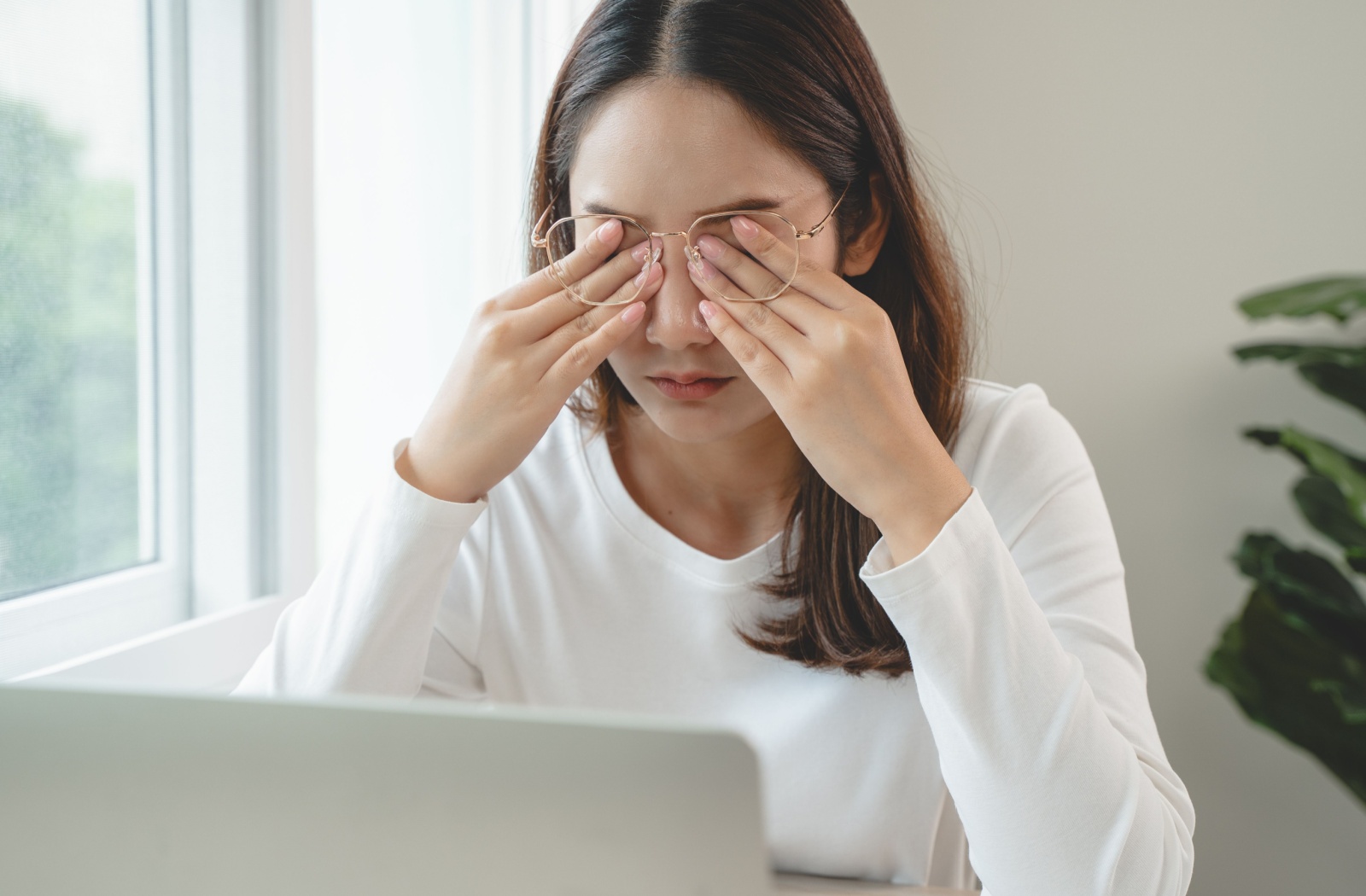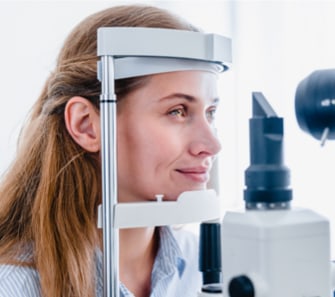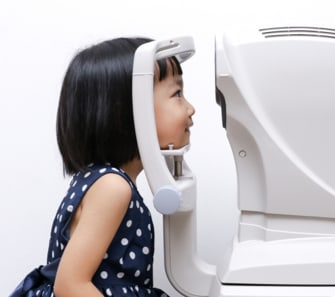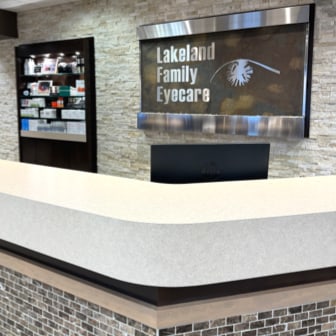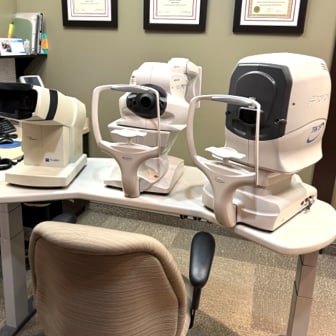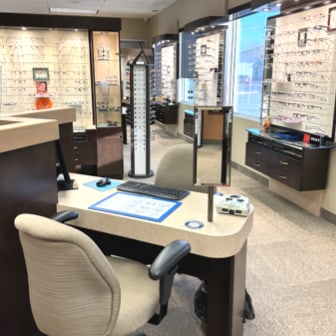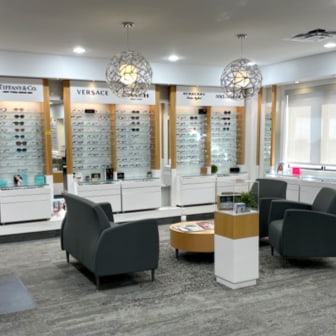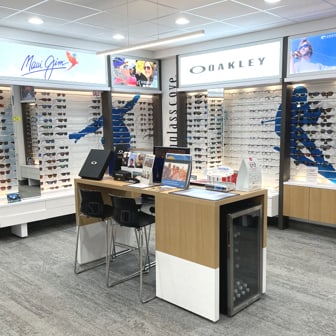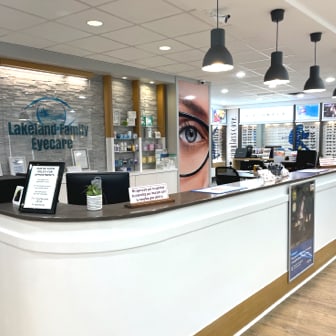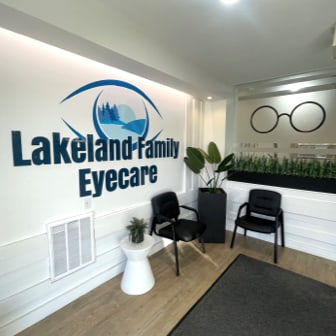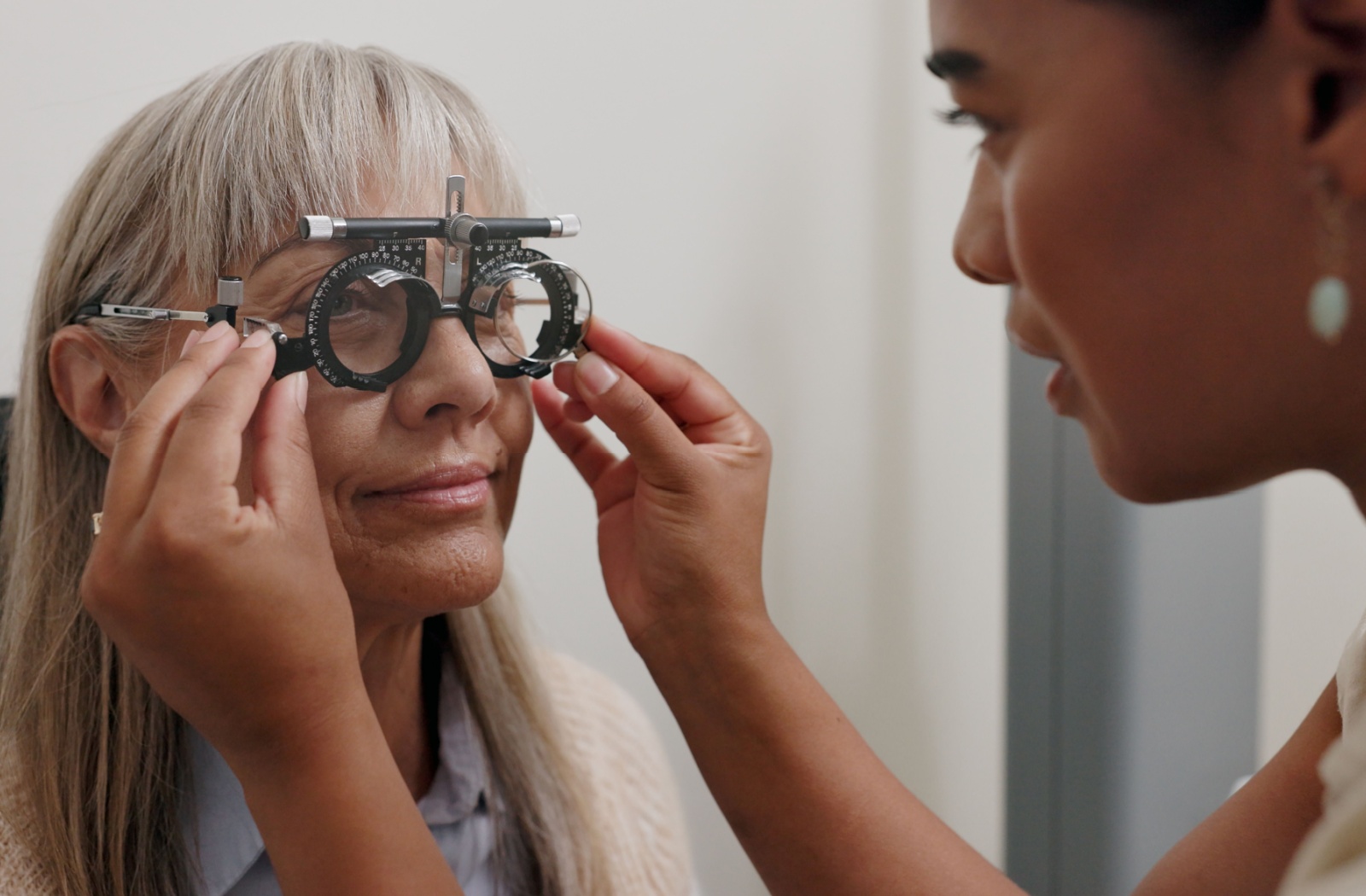Blepharitis can be an annoying, uncomfortable condition. Your eyes might feel itchy, irritated, or even swollen, making everyday tasks like reading or wearing makeup frustrating. This condition develops due to all kinds of subtle underlying factors, but sometimes, it’s as simple as the makeup you wear.
Eyelash extensions are a common culprit when it comes to blepharitis—especially when proper hygiene and care practices are ignored. This doesn’t mean you have to give them up entirely, though! With the right care and some small habitual changes, you can keep your eyes looking and feeling great.
What Is Blepharitis?
Blepharitis is a common eye condition linked to inflammation of the eyelids. It’s extremely uncomfortable and can affect how your eyes look and feel. It develops when the oil glands near your eyelashes get clogged, which leads to irritation and redness.
How to Tell If You Have Blepharitis
Blepharitis is most often recognizable by red, swollen eyelids. The symptoms of blepharitis can vary depending on your specific situation, but they tend to include:
- Itching or burning sensation in your eyes
- Crusty or flaky skin around your eyelids
- Watery eyes or excessive tearing
- Sensitivity to light
- A gritty feeling, as if something is in your eye
- Greasy-looking eyelid skin
- Loss of eyelashes or misdirected lashes
Some people even notice vision issues, as the inflammation can spread to the surrounding areas. If left untreated, blepharitis can make everyday life much more uncomfortable.
What Causes Blepharitis?
Your eyes are extremely sensitive. They’re vulnerable to all kinds of underlying conditions and environmental factors, which can quickly lead to conditions like blepharitis.
One main contributor is bacteria that build up along your lash line. Poor eyelid hygiene can make it easier for this to happen, especially if you regularly wear makeup. Leaving makeup products on your eyes can trap debris and create a breeding ground for bacteria.
Other factors that can contribute to blepharitis include:
- Allergies or sensitivities to certain products or materials
- Eyelash mites called Demodex
- Hormonal changes, especially during puberty or menopause
- Skin conditions like rosacea or seborrheic dermatitis
- Certain medications that can dry out the eyes
These conditions make the skin near your eyes more prone to irritation and clogging. Without regular care, the combination of oil, debris, and bacteria can quickly lead to inflammation.
However, one cause is much simpler than others, and it’s easier to overlook: eyelash extensions.
Why Eyelash Extensions Can Cause Blepharitis
Eyelash extensions are a popular beauty trend, but they aren’t always risk-free. They can create tiny spaces along your lash line where debris, oil, and bacteria can get trapped. If these aren’t cleaned properly, they can easily cause irritation.
The glue used to attach extensions can also be an issue. Some individuals develop allergic reactions to adhesives, which worsens the inflammation. Meanwhile, if your lash technician isn’t properly trained or the tools used aren’t sanitized, it can increase your risk of problems.
Keeping your lash extensions clean can make all the difference. It also helps to make sure you only trust reputable professionals when it comes to your eye care. And remember—aftercare is a key part of managing your eyelid health and preventing blepharitis.
Can an Optometrist Treat Blepharitis?
If you’re struggling with blepharitis, seeing an optometrist is an excellent step. They can assess your eye health, determine what’s causing your condition, and then give you professional advice for managing your symptoms and preventing them from worsening.
Your optometrist can help by:
- Prescribing medicated eye drops or ointments to reduce inflammation.
- Providing guidance on proper eyelid hygiene techniques to manage symptoms.
- Recommending warm compresses to relieve discomfort and loosen debris.
- Carrying out specific in-office treatments to clean and treat the affected area.
- Monitoring your condition over time to keep your treatment plan effective.
Meanwhile, they can give tips for lifestyle adjustments, such as using warm compresses or adjusting your daily eyelid hygiene routine. This way, they can help you find fast, lasting relief—all while helping you prevent your condition from returning.
Tips for Preventing Blepharitis
While treatment is important, preventive measures are just as crucial. By making a few changes to your daily routine, you can lower your risk of developing—or worsening—blepharitis.
Here’s how you can help prevent blepharitis in your daily life:
- Keep your eyelids clean by gently washing them daily.
- Fully remove all makeup before going to bed.
- Avoid irritants, including products with harsh chemicals or potential allergens.
- Schedule regular eye exams to monitor your eyelid and overall eye health.
Making these habits part of your routine can make all the difference.
Find Relief from Your Eye Irritation
Blepharitis doesn’t have to be something you deal with every day. If you’re proactive about understanding the causes, treatment options, and prevention methods, you can keep your eyes in better shape—and keep enjoying those eyelash extensions.
If you’re ready to take control of your eyelid health, our team at Lakeland Family Eyecare is here to help. Book an appointment with us today and start your path to clearer, healthier eyes.

